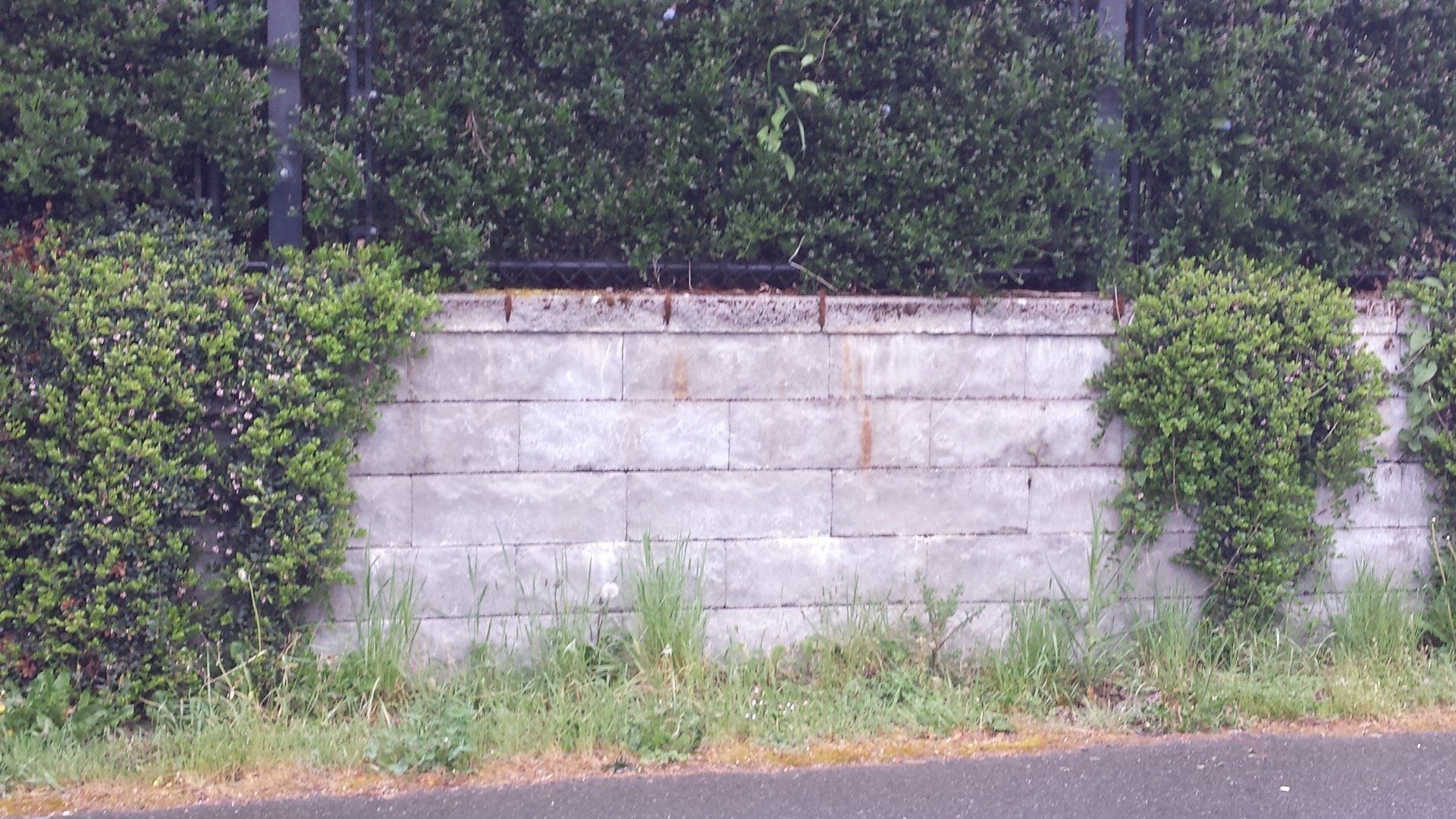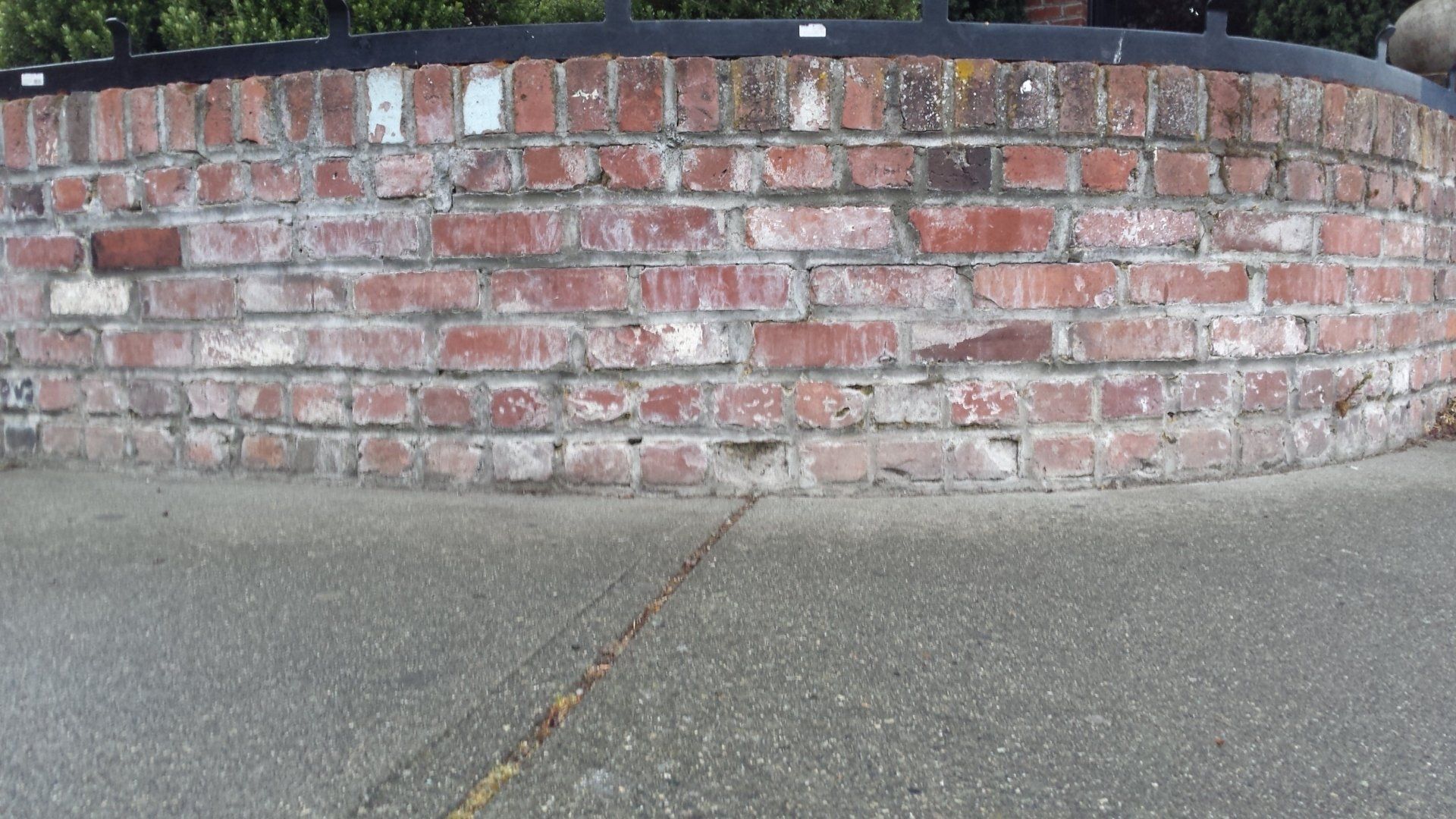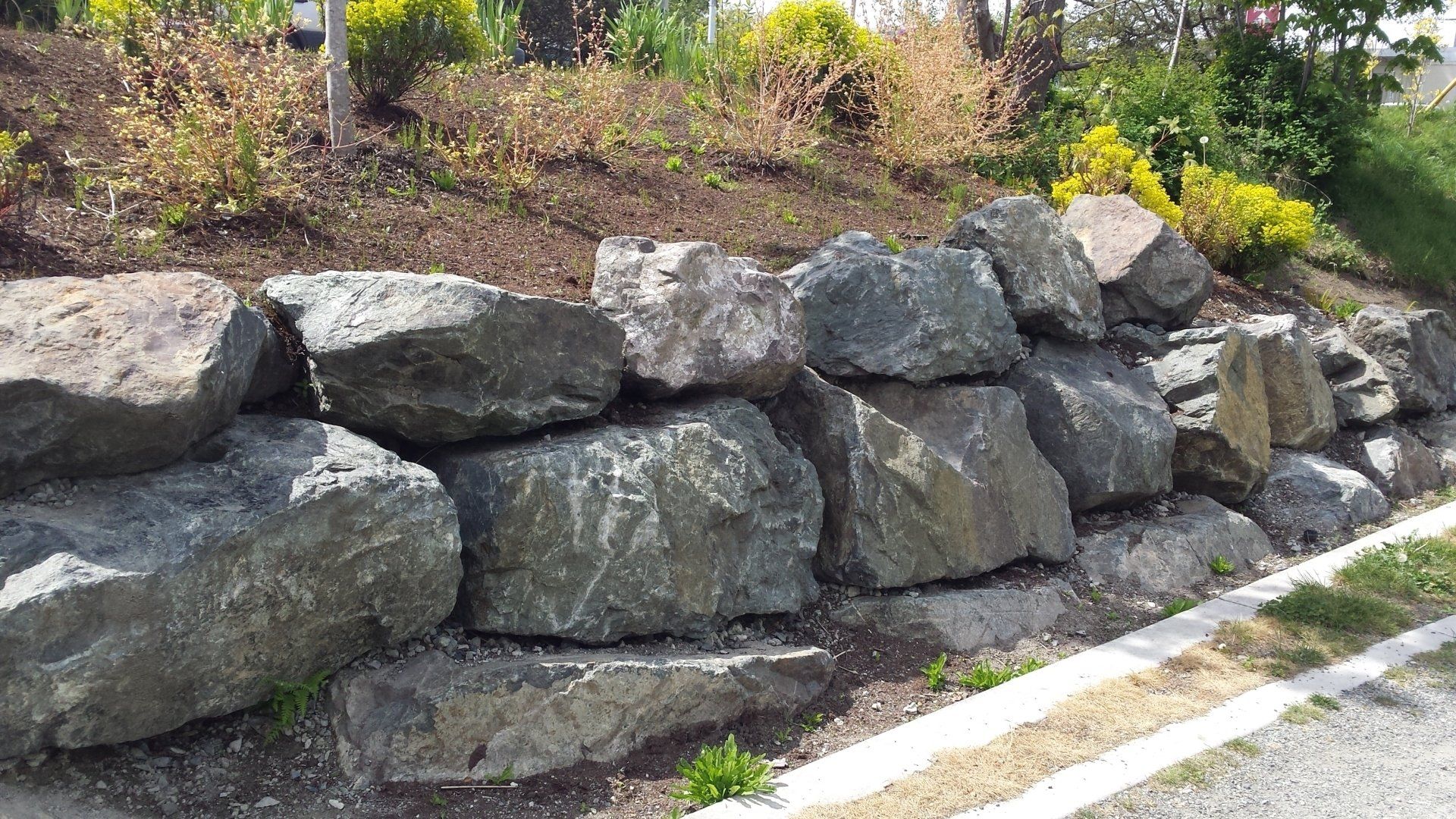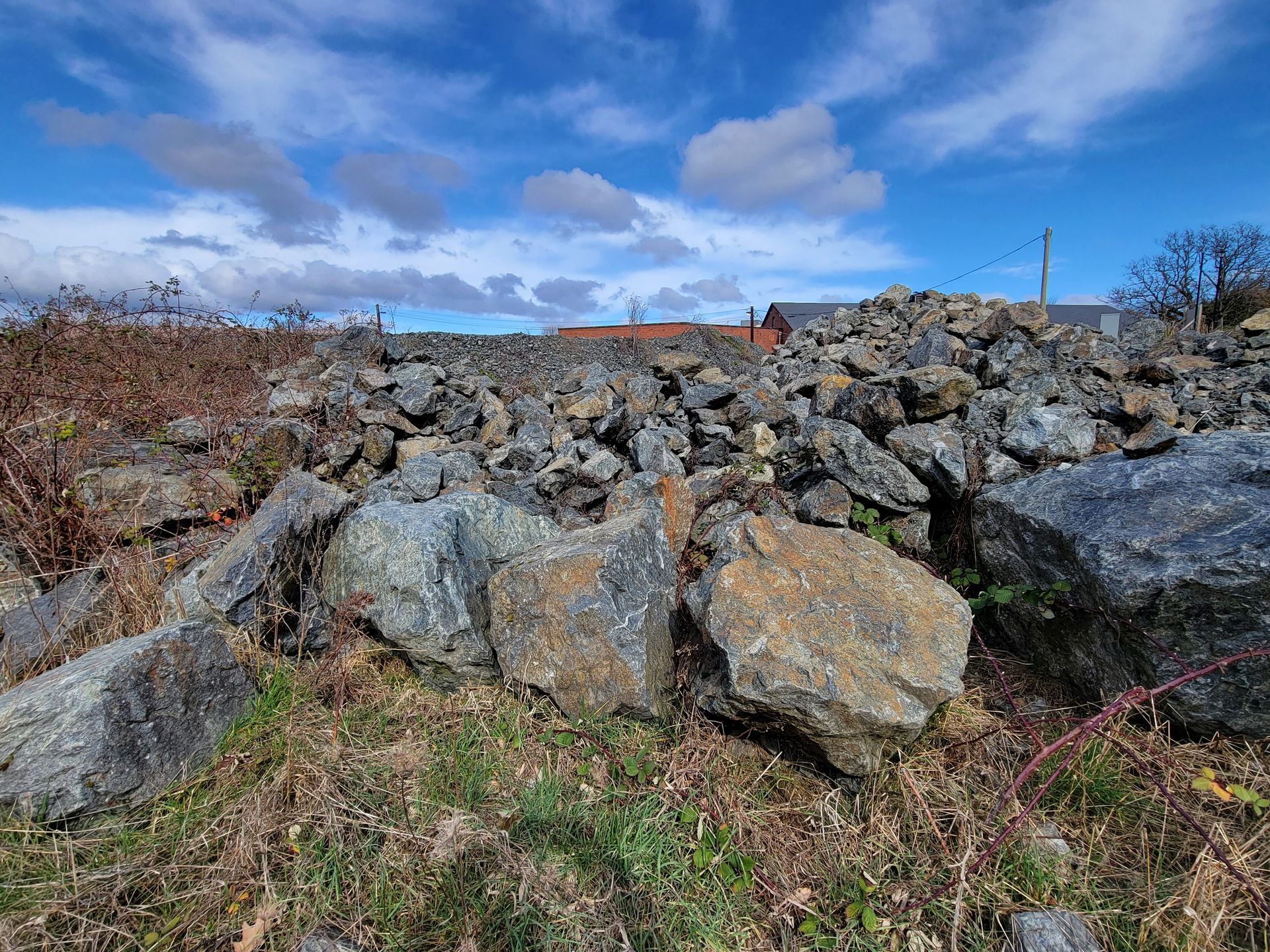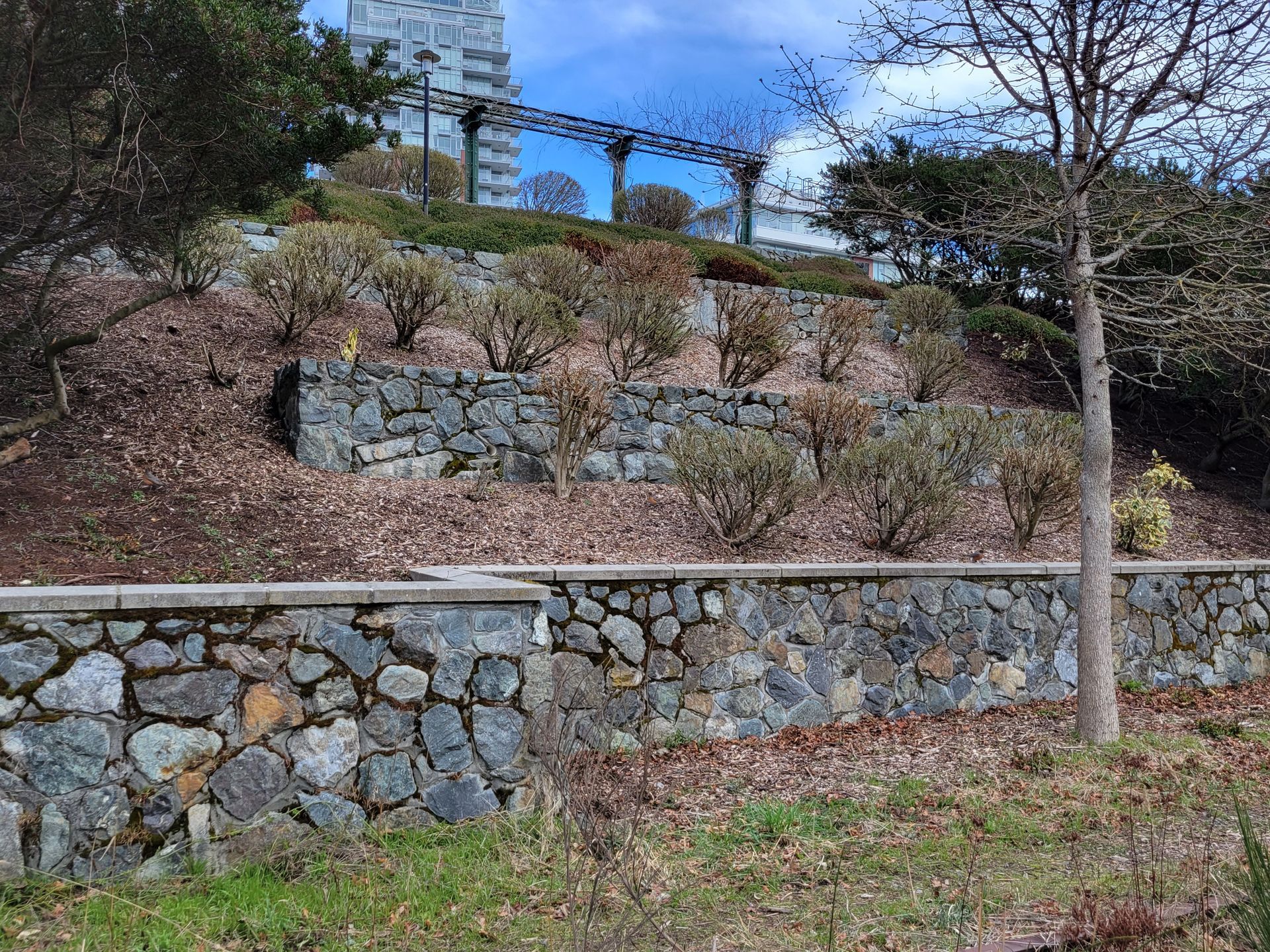Victoria Retaining Walls
A Division of Elemental Hardscapes
#1 Rated Retaining Wall Contractor Serving Victoria, BC
Retaining Walls Victoria, BC
Welcome!
We love building retaining walls. It’s our specialty. That’s what we do best.
A well-built, solid retaining wall can offer a lot of value and utility for property owners. Retaining walls are very effective as a tool to hold back or contain earth and fill. They can be used in a wide range of settings for great foundation support in all sorts of construction, temporarily or permanently.
Reducing soil erosion, turning steep slopes into terraced backdrops, creating focal points in the landscape—retaining walls serve many purposes. Indeed, they are some of the most common ways to correct problems caused by hilly areas! Well-built retaining walls transform unworkable inclines into usable outdoor space for the garden.
Common places we find retaining walls to be not only useful but necessary are:
- Land with sloping surfaces that could have a tendency to slide
- Land with sloping surfaces where areas are being leveled for construction purposes
- Land with water flow, such as a creek, to channel the water away from a desired area
- Terraced spaces such as food production
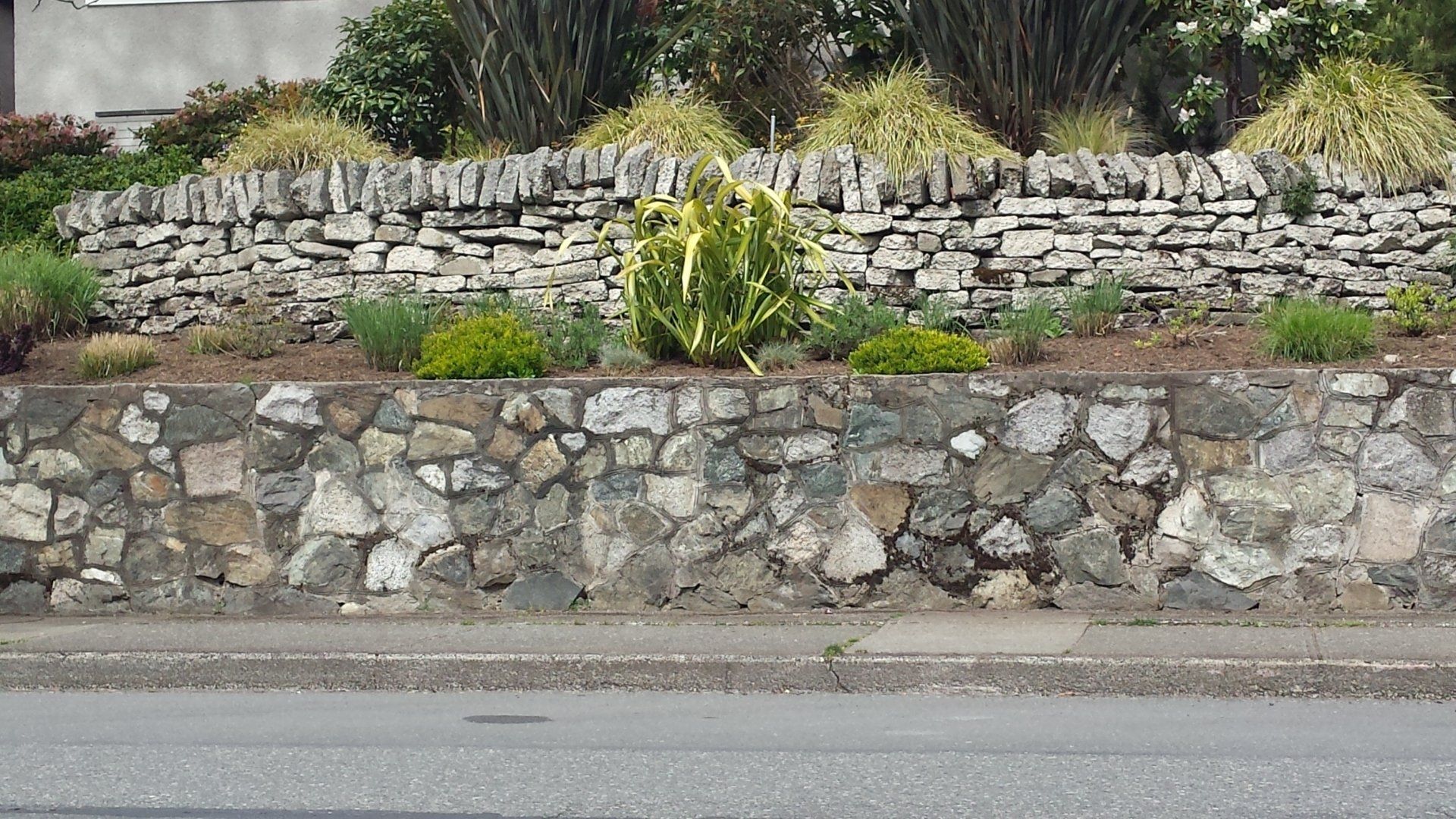
Types of Retaining Wall Services
In many places where we find retaining walls, they are built with certainly a practical application to hold back earth, but also because of the aesthetic value and how they can enhance the look, as well as bringing a functional aspect to your landscaping:
- Gardens – used widely for layering beds
- Terraced yards for various desired effects
- Along small creeks running through, or bordering yards, for bank re-enforcement
- There are many considerations to factor in when deciding to build a retaining wall, whether it be strictly functional in design, or being used for landscaping purposes.
About Us
At Victoria Retaining Walls, we’ve made it our goal to build high quality retaining walls for the homes and business properties across all of Greater Victoria and the Saanich Peninsula. We care deeply about the work we do in our native region, and we’ll always do everything we can to make sure that our retaining walls look as good, and continue to function as well as possible. The services that we provide are all highly affordable, as we’re determined to provide assistance to as many people as we can. If you need retaining wall to be built, you won’t find a more reputable or reliable operation anywhere in the area.
Call us today. 778-400-1582
Because we’re not just a concrete company, we have fewer limitations when it comes to building materials for functional and the aesthetic purposes. Concrete certainly has its place and purposes. It can be stamped with patterns and other visually pleasing surfaces. But it is limited.
At Victoria Retaining Walls, one of our goals is to do our best to individualize the style and look of the walls for each individual client. We’ll go as far as to introduce different mediums into the environment. For example, some sections may be concrete, while other may be boulders.
Some of our most popular mediums are:
- Concrete – Concrete is a durable and versatile material ideal for constructing retaining walls. This dynamic substance can be molded into numerous forms to suit different landscapes and designs. By understanding the various forms of concrete and how to use them in retaining wall construction, you can transform a simple, functional structure into a striking feature of your property. In its most traditional form, cast-in-place concrete is a popular choice for retaining walls. This method involves creating a wooden or plastic framework, pouring the concrete, and letting it cure or harden. The result is a robust, seamless wall that offers excellent soil retention and can adapt to virtually any shape or curve. Cast-in-place concrete retaining walls are favored for their structural integrity, durability, and the smooth, modern aesthetic they provide. On the other hand, concrete block retaining walls are another prevalent choice. These blocks are often interlocking, enabling easy construction and improved wall stability. The blocks come in various shapes, sizes, and textures, offering more flexibility in design aesthetics. With an earthy, segmented look, concrete block walls can imitate natural stone or brick walls while maintaining the durability and strength of concrete. Pre-cast concrete panels are yet another variant you can use. Produced in a factory and transported to the site, these panels ensure uniformity in design and can significantly reduce on-site labor and time. They're perfect for large-scale projects and those seeking a uniform, minimalist aesthetic. Lastly, for the eco-conscious homeowner, there's the option of using recycled concrete. This form of concrete reduces construction waste and lowers environmental impact. Despite being recycled, these concrete pieces still retain their structural strength and are suitable for smaller, rustic-style retaining walls. So whether you desire a sleek modern design with cast-in-place concrete or an earthy, natural look with concrete blocks, the versatility of concrete offers limitless possibilities for your retaining wall. By selecting the appropriate form of concrete, you can create a retaining wall that not only serves its practical purpose of holding back soil but also enhances the overall aesthetics of your property. Remember to consider factors like cost, installation time, sustainability, and appearance in your decision-making process.
- Redi-Rock - Redi-Rock is a revolutionary system for constructing retaining walls that combines the strength and durability of precast concrete with the aesthetic appeal of natural rock. This innovative product has revolutionized the retaining wall construction industry due to its unique design and application versatility. Redi-Rock retaining walls employ large, interlocking blocks that are designed with a knob-and-groove system. This design allows for efficient installation as the blocks lock into place without the need for mortar. The weight of these blocks, coupled with their interlocking design, creates an exceptionally sturdy and durable wall. One of the most notable features of Redi-Rock retaining walls is their aesthetic appeal. The concrete blocks are cast in molds taken from natural stone, giving them a realistic, rock-like appearance. This provides the robustness of concrete while retaining the charm and beauty of natural stone, making them an excellent choice for both residential and commercial landscapes. Redi-Rock retaining walls can be constructed in a variety of forms. Straight or curved walls are achievable with the standard blocks, making them adaptable to the contours of any landscape. The Redi-Rock system also includes specialized blocks for creating corners, columns, and steps, allowing for a wide range of design possibilities. For landscapes with significant slopes, tiered Redi-Rock walls are an excellent option. The creation of terraces provides extra space for planting or other uses, enhancing both the functionality and aesthetic appeal of the landscape. One more form Redi-Rock can take is the freestanding wall. These can be used in conjunction with retaining walls to create beautiful outdoor spaces, boundaries, or seating walls. A Redi-Rock retaining wall system offers a unique blend of strength, durability, and aesthetic appeal. The ability to construct straight, curved, tiered, or freestanding walls with a natural stone appearance gives Redi-Rock a considerable edge in the retaining wall construction industry.
- Boulders – Large boulders are a natural, eye-catching choice for constructing retaining walls. These colossal rocks can bring an element of grandeur and sophistication to any landscape while serving a critical purpose in retaining soil and preventing erosion. Exploring the various forms large boulders can take in the construction of retaining walls is key to understanding how they can enhance both the functional and aesthetic appeal of your property. A common form of boulder retaining wall construction involves the strategic stacking of boulders. In this method, the large boulders are carefully positioned and stacked to create a sturdy wall. The natural crevices and gaps between the boulders can be filled with smaller rocks or soil, which can encourage plant growth, thereby creating a living, evolving wall. The result is a rustic, rugged aesthetic that beautifully harmonizes with natural surroundings. An alternative method uses boulders as wall anchors in conjunction with other materials like timber or concrete. Here, the boulders are partially buried for stability, with the rest of the wall material set against them. This method combines the sturdiness of the boulders with the versatility and cost-effectiveness of other materials, creating a unique and striking retaining wall. One can also consider using boulder walls in tiered formations for hillside landscapes. Multiple shorter walls can be built with spaces in between, creating terraced levels for planting or other uses. This arrangement can add depth and visual interest to steeply sloped areas. Large boulders are also an excellent choice for creating curved retaining walls. Due to their irregular shapes, they naturally lend themselves to the formation of gentle curves, providing an elegant contrast to the more rigid lines typically associated with retaining walls. So boulder retaining walls offer not just practical soil retention solutions but also a chance to create a striking, naturalistic feature in your landscape. The sheer variety in boulder sizes, shapes, and colors provides endless design possibilities, allowing for a retaining wall that is both unique and functional.
- Wood – Timber or wood is a natural, cost-effective choice for constructing retaining walls. With its organic appeal and versatility, timber can fit seamlessly into various landscapes, offering both functional benefits in soil retention and aesthetic value. One of the most popular forms of timber retaining wall is the timber crib wall. This design involves interlocking pieces of treated timber to create a cell-like structure. The crib spaces are often filled with gravel or soil to improve stability and drainage, with the outside face often sloping slightly back into the hill. This provides a robust, durable retaining wall with a unique geometric appeal. Alternatively, the timber pole wall is another excellent choice. Here, vertical posts are driven into the ground for stability, and horizontal planks are attached to the posts to form the wall. This simple, yet effective design is easy to construct and offers a traditional, rustic aesthetic to any landscape. Another creative use of timber in retaining walls is the use of recycled railway sleepers. These are large, sturdy pieces of wood, typically treated to resist rot and pests. Arranged vertically or horizontally, these sleepers can provide a distinctive industrial character while maintaining the warm, organic feel of wood. Timber can also be used in a tiered fashion to construct retaining walls on sloped landscapes. This allows for the creation of beautiful stepped gardens, adding an additional layer of depth and interest to your property. Despite its many advantages, it's important to remember that timber, being a natural material, can degrade over time. It is therefore essential to use treated wood and ensure proper installation and drainage to maximize the lifespan of your timber retaining wall. In conclusion, timber provides an array of possibilities for retaining wall construction. From geometric crib walls to rustic pole walls and creatively reused railway sleepers, timber is a versatile and attractive material that can significantly enhance your landscape design.
- Brick – Brick is a timeless and classic choice for constructing retaining walls. Known for its durability and the charming aesthetic it provides, brick is ideal for creating functional and attractive structures that help prevent soil erosion and contribute to landscape design. One of the most common forms of brick retaining wall construction is the traditional brick wall. This involves layering bricks with mortar in an offset pattern, often known as a brick bond, to ensure stability and strength. Traditional brick walls can take on a straight or curved formation and often fit well in more formal or classic landscapes due to their uniform and tidy appearance. Dry-stacked brick walls are another versatile form that doesn't require mortar. These walls rely on the careful positioning and stacking of bricks for stability. They offer a less formal and more natural look than traditional brick walls and are ideal for creating low retaining walls in garden or patio areas. Interlocking brick walls, composed of specially designed bricks that fit together without the need for mortar, are a modern, efficient alternative. These bricks provide a stable, uniform structure and speed up the construction process. Interlocking brick walls can easily be curved or straight, and often give a contemporary feel to the landscape. For those desiring a more textured and unique aesthetic, a brick veneer wall could be an excellent choice. In this method, a concrete wall is constructed first for strength, and then a layer of brick is added as a veneer for visual appeal. This combines the sturdiness of concrete with the charm of brick, offering the best of both worlds. Brick retaining walls offer versatility in both form and function. From the traditional charm of mortar-bound brick walls to the efficiency of interlocking bricks and the unique appeal of brick veneer, the possibilities are numerous. The key is to choose a design that best fits your landscape needs and aesthetic preferences while considering factors such as cost, maintenance, and durability.
- Allan Block - Allan Block retaining walls are a type of modular concrete block system used for constructing vertical retaining walls, garden walls, terraces, and other landscaping structures. Allan Block retaining walls have become popular with homeowners and landscape professionals for a few reasons. To begin with, they are relatively easy to install, requiring only a few basic tools including a level, a shovel, and a rubber mallet. A cool feature is that the blocks come in a variety of shapes and sizes, allowing for more options to be creative and flexible with designs. Additionally, the blocks are interlocking which helps keep them in place without the need for mortar or cement. Some other benefits of using Allan Block retaining walls include:
Durability
Allan Block retaining walls are made from high-quality concrete, making them strong and resistant to weathering and erosion.
Flexibility
Allan Block retaining walls can be used to build walls of various heights, slopes, and angles, making them suitable for a wide range of landscaping applications.
Drainage
A great feature and benefit are that the blocks are designed with built-in drainage channels, allowing water to flow through the wall, while water damage and soil erosion.
Aesthetics
Coming in a wide range of colors, textures, and finishes these blocks allow for incredible customization and personalization.
So, if you need a retaining wall for your garden or yard and landscaping project, Allan Block retaining walls may be the perfect option for you.
- Gabion Walls - We specialize in the design and construction of gabion retaining walls. Our team of retaining wall specialists create sustainable, durable, and aesthetically pleasing solutions for both residential and commercial landscapes. At Victoria Retaining Walls, we understand that each project is unique. That's why we offer personalized consultations to ensure that our gabion solutions perfectly align with your specific needs and environmental conditions. We build gabion retaining walls that are not just about their functionality, but also as a statement of style and environmental consciousness. Our gabion walls are crafted using high-quality, locally sourced materials. We fill sturdy wire cages with a variety of rocks or stones, chosen to complement the natural beauty of your landscape. This technique not only ensures the structural integrity of the wall but also promotes natural drainage, effectively preventing soil erosion and waterlogging. We take pride in ourselves for our environmentally friendly approach. The materials we use in our gabions are sustainable, and the walls themselves become part of the ecosystem, providing habitats for local flora and fauna. This environmental aspect can make our gabion walls a popular choice among environmentally conscious clients. Whether you’re looking to stabilize a slope, enhance your garden, or build a robust retaining wall for a commercial project, Victoria Retaining Walls has the expertise and experience to deliver. Our gabion walls are low maintenance, cost-effective, and built to last, making them an ideal choice for a wide range of applications.
No matter which of the above mediums is used to build the wall, one of the most integral components of the construction is a drainage system. Even without a source of water flow, such as a creek, rain and snow, over time can degrade a retaining wall system.
So, it’s important to consider how to ensure there is a plan in place for sufficient drainage of all that potential accumulation of water.
Options include using a granular soil or fill – this allows for water to seep down through the spaces and not accumulate; weep holes in concrete; lateral drains that take the water from the area to a sewer system; and blanket drains which are permeable materials that can control groundwater seepage. And when it comes to landscaping after the construction, we always recommend a local company by the name of Victoria Lawn Care for all lawn and garden maintenance.
Our Service Area
We love what we do and where we live. The Island is a beautiful place. We're located on the southern part and provide retaining wall services to the following regions:
- Nanaimo
- Chemainus
- Duncan
- Cobble Hill
- Shawnigan Lake
- Langford
- Greater Victoria
- North Saanich
- Sidney



